Are Electron Microscopes 3d ?
Electron microscopes can produce 3D images of specimens. This is achieved through a technique called electron tomography, which involves taking multiple 2D images of a specimen at different angles and then reconstructing a 3D image from these images. Another technique called scanning electron microscopy (SEM) can also produce 3D images by scanning the surface of a specimen and creating a 3D model from the data obtained. However, it is important to note that not all electron microscopes are capable of producing 3D images, and the specific capabilities of a particular microscope will depend on its design and specifications.
1、 Scanning Electron Microscopy (SEM)
Scanning Electron Microscopy (SEM) is a type of electron microscopy that uses a focused beam of electrons to create high-resolution images of the surface of a sample. SEM is capable of producing 3D images of a sample by using a technique called electron tomography. This technique involves taking a series of 2D images of the sample at different angles and then reconstructing a 3D image from these images.
However, it is important to note that not all electron microscopes are capable of producing 3D images. Transmission Electron Microscopy (TEM), for example, produces 2D images of thin samples by passing a beam of electrons through the sample. While TEM can provide high-resolution images of the internal structure of a sample, it does not produce 3D images.
In recent years, there have been advancements in electron microscopy technology that have improved the ability to produce 3D images. For example, a technique called cryo-electron tomography (CET) has been developed that allows for the imaging of biological samples in their native state. CET involves freezing the sample in a thin layer of ice and then imaging it using electron tomography. This technique has been used to produce 3D images of viruses and other biological structures.
In summary, while not all electron microscopes are capable of producing 3D images, SEM can produce 3D images using electron tomography, and advancements in electron microscopy technology have improved the ability to produce 3D images of biological samples.
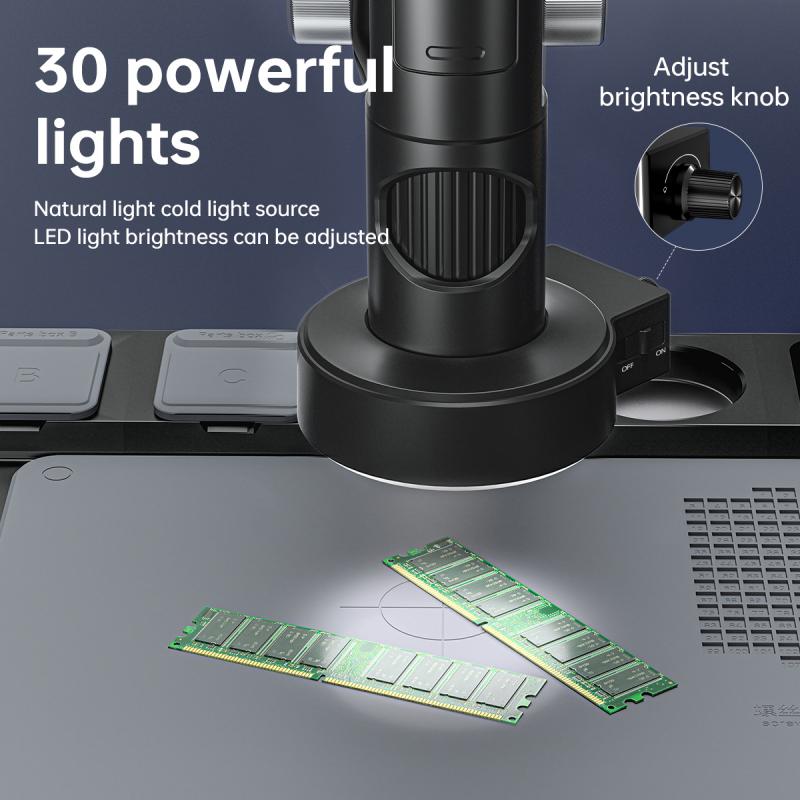
2、 Transmission Electron Microscopy (TEM)
Transmission Electron Microscopy (TEM) is a powerful imaging technique that uses a beam of electrons to create high-resolution images of thin samples. The images produced by TEM are two-dimensional, meaning they show a flat, cross-sectional view of the sample. However, with the use of tomography, TEM can produce 3D images of samples.
Tomography is a technique that involves taking multiple 2D images of a sample from different angles and then reconstructing a 3D image from those images. This technique has been used in TEM to produce 3D images of biological samples, such as cells and viruses.
Therefore, while TEM images are typically 2D, the use of tomography allows for the production of 3D images. This has been a significant advancement in the field of electron microscopy, as it allows for a more comprehensive understanding of the structure and function of biological samples.
In summary, while TEM images are typically 2D, the use of tomography allows for the production of 3D images. This has been a significant advancement in the field of electron microscopy, as it allows for a more comprehensive understanding of the structure and function of biological samples.

3、 Scanning Transmission Electron Microscopy (STEM)
Scanning Transmission Electron Microscopy (STEM) is a type of electron microscopy that uses a focused beam of electrons to scan a sample and create a high-resolution image. STEM is capable of producing 3D images of samples, but it requires specialized techniques and software to do so.
STEM works by scanning a focused beam of electrons across a sample, and detecting the electrons that pass through the sample. By measuring the intensity of the electrons that pass through the sample, STEM can create a high-resolution image of the sample's structure. This image can be used to create a 3D model of the sample, but this requires additional processing and analysis.
Recent advances in STEM technology have made it possible to create 3D images of samples with higher resolution and accuracy than ever before. For example, researchers at the University of California, Berkeley have developed a new technique called "4D-STEM" that allows them to create 3D images of samples with atomic-scale resolution.
In conclusion, while STEM is capable of producing 3D images of samples, it requires specialized techniques and software to do so. Recent advances in STEM technology have made it possible to create 3D images with higher resolution and accuracy than ever before, and this technology is likely to continue to improve in the future.

4、 Cryo-Electron Microscopy (Cryo-EM)
Cryo-Electron Microscopy (Cryo-EM) is a technique used to study the structure of biological molecules at high resolution. It involves freezing the sample in a thin layer of ice and imaging it using an electron microscope. Cryo-EM has revolutionized the field of structural biology, allowing researchers to visualize the 3D structure of proteins and other biomolecules in unprecedented detail.
While electron microscopes are not inherently 3D, Cryo-EM allows for the reconstruction of 3D structures from 2D images. This is achieved by taking multiple images of the sample at different angles and using sophisticated algorithms to combine them into a 3D model. The resulting structures can reveal important details about the function of biological molecules and provide insights into disease mechanisms.
In recent years, Cryo-EM has become increasingly popular among researchers due to its ability to study large and complex molecules that were previously difficult to analyze using other techniques. It has also been used to study viruses, which has been particularly important during the COVID-19 pandemic.
Overall, while electron microscopes are not inherently 3D, Cryo-EM has allowed for the reconstruction of 3D structures from 2D images, making it an invaluable tool for structural biologists.
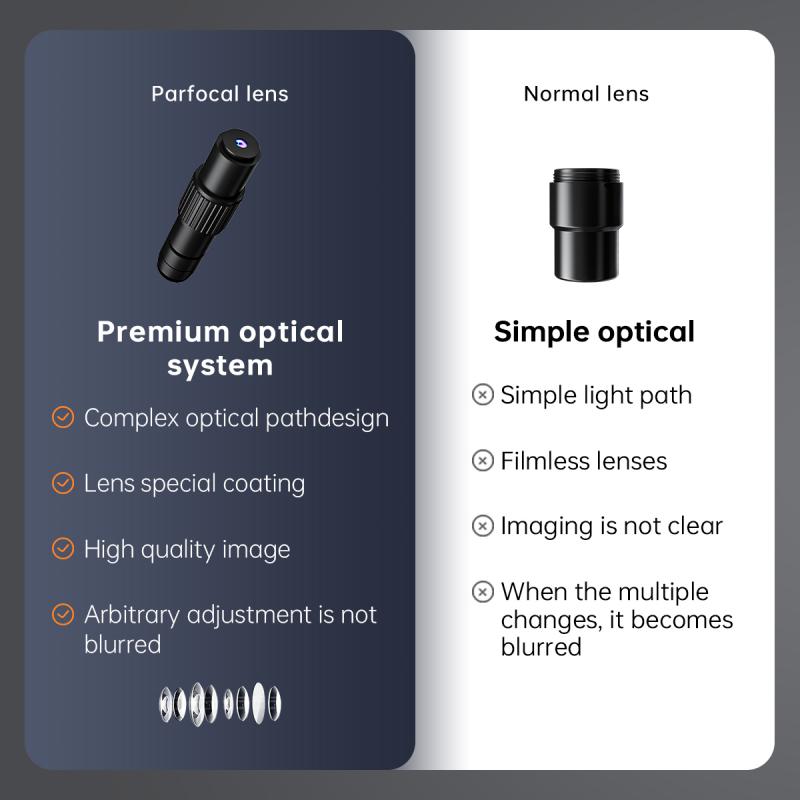


















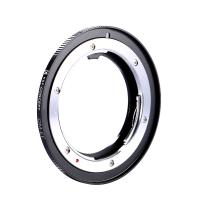

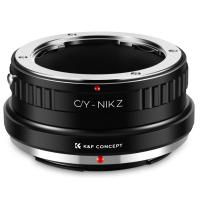


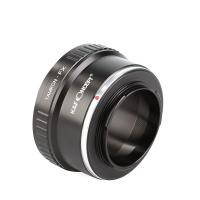




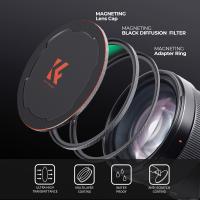
There are no comments for this blog.